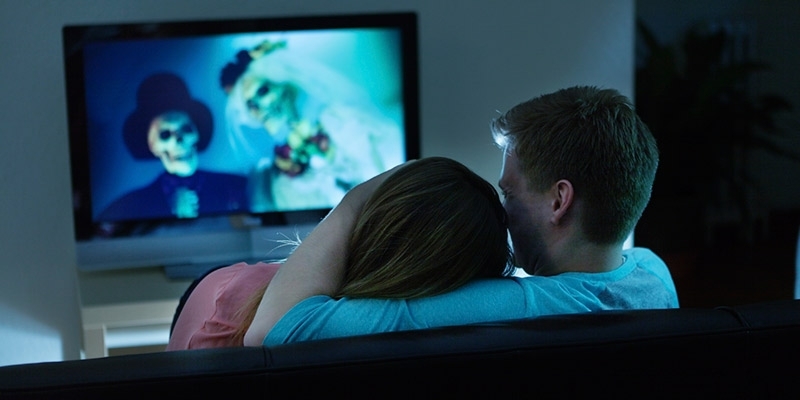
iStock images
Seasonal scares may have a lasting impact, both physically and psychologically.
With the annual return of Halloween—accompanied as always by horror movie marathons and seasonal haunted houses—the national media turned to Frank Farley, Laura H. Carnell Professor of Education Psychology at Temple’s College of Education, to explain the science of fear.
How are horror movies able to strike real fear, even when we know what we’re watching is fake? According to Farley, they rely on your brain making connections between fake events and real events.
“We know that there are horrendously awful people out there,” Farley told ABC News. “It gets into your head and makes all the connections with real life.”
Horror-movie scares can have lasting, real-world impacts. Viewers’ senses are heightened, Farley said, and they can often be more fearful long after the lights come up.
Farley told The Minneapolis StarTribune that some people are hard-wired to seek out scary things, while others are not. He has studied what he calls “Type T,” or thrill-seeking, personalities—people who are hungry for the scariest thrills.
Parents might recognize this trait in their children from early on, “such as the child who runs from mom and sneaks off into the woods, or who approaches a stranger or an unfamiliar animal.”
Farley, a former president of the American Psychological Association, also was interviewed by reporters writing for Business Insider, Fusion and The Independent (U.K.).